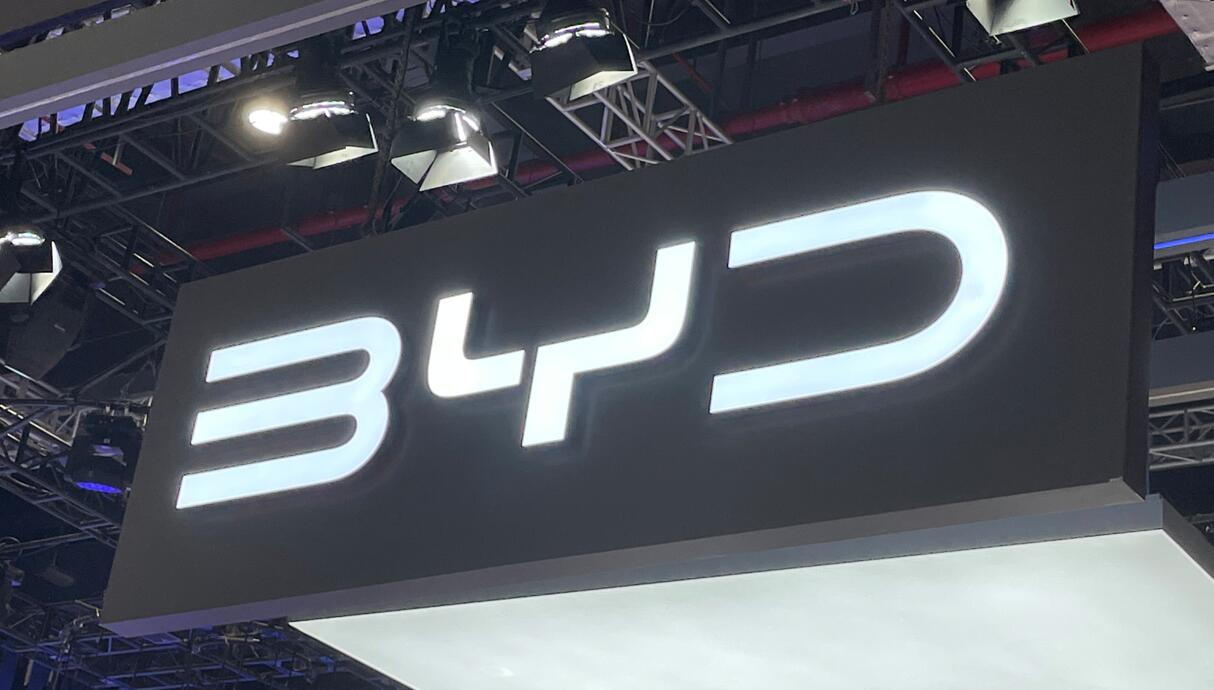Geely Galaxy said yesterday that the L7 has accumulated more than 10,000 orders since it began allowing consumer pre-orders two months ago, although the model's price has not yet been announced.

(Image credit: Geely Galaxy)
Geely Galaxy, the new energy vehicle (NEV) sub-brand of Geely Auto Group, saw the first production vehicles of its first model, the L7, roll off the production line, signaling that the model is not far from being officially launched and delivered.
The first production vehicles of the L7 have rolled off the production line and are being shipped across China, Geely Galaxy announced today on Weibo.
Yesterday, Geely Galaxy said the L7 has accumulated more than 10,000 orders since it began allowing consumer pre-orders two months ago, although the model's price has not yet been announced.
Geely Auto Group officially launched the new Geely Galaxy brand on February 24 and unveiled the first production model, the L7, saying the SUV will be available in the second quarter of this year.
The new brand plans to launch a cumulative total of seven models by 2025, including four plug-in hybrid models in the L series and three all-electric models in the E series.
Geely Galaxy will launch the L6 in the third quarter of 2023, the L5 in the second quarter of 2024, and the L9 in 2025.
In the all-electric product sequence, Geely Galaxy will launch the E8 in the fourth quarter of 2023, the E7 in the second quarter of 2024 and will launch the E6 in the third quarter of 2024.
The Geely Galaxy L7 is a hybrid SUV with a length, width and height of 4,700 mm, 1,905 mm and 1,685 mm, respectively, and a wheelbase of 2,785 mm.
The vehicle is powered by a 1.5T engine with a thermal efficiency of 44.26 percent, ranking first among known production engines, Geely said at the February 24 launch event.
Geely announced at that launch that the L7 was available for pre-order, but the price was not revealed. The model is currently expected to cost less than 200,000 yuan ($29,000).

The Geely Galaxy launch is one of Geely's moves to meet its sales targets for the year and to increase its electrification transition.
Geely Auto Group CEO Gan Jiayue said in January that the group's sales target for 2023 is 1.65 million vehicles, including 600,000 NEVs.
Geely Auto Group sold 1.43 million vehicles in 2022, up 8 percent from a year earlier, including about 330,000 NEVs, according to data monitored by CnEVPost.
($1 = RMB 6.8963)
Geely Galaxy brand officially launched, to roll out 7 models by 2025
The post Geely Galaxy sees 1st production vehicles of L7 SUV roll off line appeared first on CnEVPost.
For more articles, please visit CnEVPost.




















